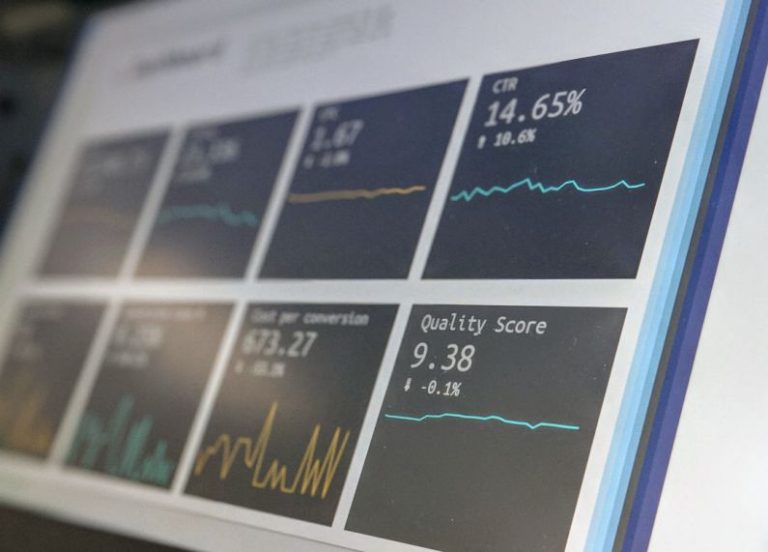How to Spot and Avoid Counterfeit Products while Shopping Online
Shopping online has become increasingly convenient and popular in today’s digital age. With just a few clicks, you can browse through a wide range of products and have them delivered to your doorstep. However, as online shopping continues to rise in popularity, so do the risks of encountering counterfeit products. Counterfeit goods are fake replicas of real products, often of inferior quality and made with the intention to deceive consumers. In this article, we will discuss how to spot and avoid counterfeit products while shopping online.
**Research the Seller**
One of the first steps you can take to avoid purchasing counterfeit products online is to research the seller. Look for reviews and ratings of the seller from other customers. Reputable online marketplaces often have a system in place where buyers can leave feedback about their experience with a particular seller. If the seller has a high rating and positive reviews, it is likely that they are selling authentic products. On the other hand, if the seller has low ratings or negative reviews, it may be a red flag that they are selling counterfeit goods.
**Check the Price and Product Description**
If the price of a product seems too good to be true, it probably is. Counterfeit products are often sold at significantly lower prices than the authentic versions to lure in unsuspecting customers. Before making a purchase, compare the price of the product with other sellers to see if it aligns with the market value. Additionally, carefully read the product description and look for any spelling or grammatical errors, as these can be indicators of counterfeit products.
**Look for Authenticity Seals and Logos**
Many brands use authenticity seals and logos to distinguish their products from counterfeit replicas. When shopping online, look for these seals and logos on the product listing to ensure its authenticity. Authenticity seals are often placed on the packaging or the product itself and can include holographic stickers, serial numbers, or embossed logos. If the product listing does not include any authenticity seals or logos, it may be a sign that the product is counterfeit.
**Check the Website’s Security**
Before entering your personal and payment information on an online shopping website, make sure the website is secure. Look for the padlock icon in the address bar, which indicates that the website is encrypted and your information is safe. Additionally, check the website’s URL to ensure it starts with “https://” rather than just “http://”. Secure websites are less likely to sell counterfeit products and are more reliable for online shopping.
**Avoid Suspicious Websites**
When shopping online, it is important to be cautious of suspicious websites that offer deals that seem too good to be true. These websites may be selling counterfeit products or attempting to scam customers. Before making a purchase from a website you are unfamiliar with, do some research to verify its legitimacy. Look for contact information, customer reviews, and a physical address to ensure the website is reputable.
**Trust Your Instincts**
Lastly, trust your instincts when shopping online. If something feels off or too good to be true, it is better to err on the side of caution and avoid making a purchase. Remember that counterfeit products not only deceive consumers but also harm legitimate businesses and brands. By being vigilant and following the tips mentioned in this article, you can spot and avoid counterfeit products while shopping online.
**In Summary**
Online shopping offers convenience and a wide selection of products, but it also comes with the risk of encountering counterfeit goods. To protect yourself from purchasing fake products, research the seller, check the price and product description, look for authenticity seals and logos, ensure the website’s security, avoid suspicious websites, and trust your instincts. By staying informed and cautious, you can shop online confidently and avoid falling victim to counterfeit products.






